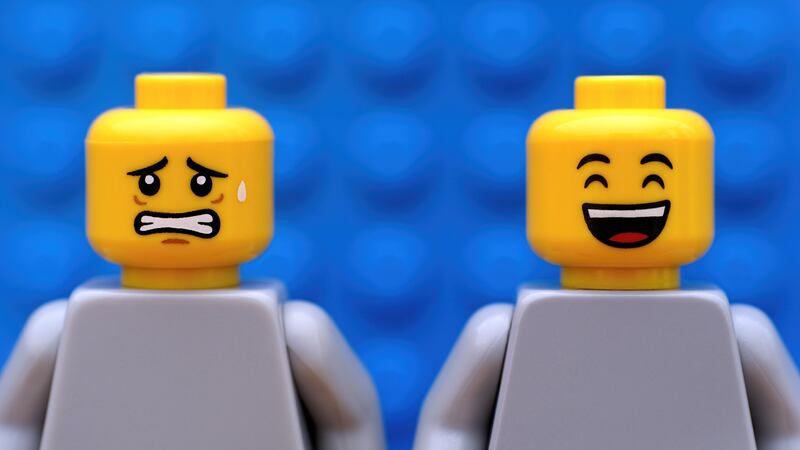A team of doctors swallowed Lego pieces to see how long it takes them to pass through the body.
And the results, published in the often more light-hearted December issue of the Journal of Paediatrics and Child Health, should be reassuring to parents worried about their children ingesting small toys, according to the researchers.
The six paediatric healthcare professionals from the website Don’t Forget The Bubbles, based in the UK and Australia, each swallowed the head of a Lego character and measured how long it took for the body to excrete it.
Small toys are the second most commonly swallowed item among children after coins, according to the researchers, but relatively little research has been done on the subject.
The team came up with two delightfully named measurements for the experiment: the Stool Hardness And Transit (Shat) score, which measured the firmness of stools, and the Found And Retrieved Time (Fart), to track how long it took for the Lego head to pass.
The average Fart score turned out to be 1.7 days, though one of the six heads went missing and never turned up, despite the researcher in question searching his stools for two weeks.
None of the team reported any side effects or pain from the experiment, and the Shat scores suggested that consistency of stools was not affected by the presence of the head.
We've finally answered the burning question – how long does it take for an ingested lego head to pass?
THIS is dedication to paediatrics – but it was worth it to advance science and paediatric emergency care.https://t.co/tZ4b9Yo8Kf pic.twitter.com/Nda7rqs7Zl
— Tessa Davis (@TessaRDavis) November 23, 2018
The study concluded: “A toy object quickly passes through adult subjects with no complications. This will reassure parents, and the authors advocate that no parent should be expected to search through their child’s faeces to prove object retrieval.”
Ultimately the team acknowledges the study was not “hard science” but just “a bit of fun in the run-up to Xmas”.
They point out that because of the small sample size, and the fact that the subjects in the study were adults rather than children, “it is important that you don’t extrapolate the data to the entire population of Lego swallowers”.
Researchers were keen to stress that people should not replicate the study at home – and that parents should contact a doctor if they are concerned about anything their child has swallowed.








